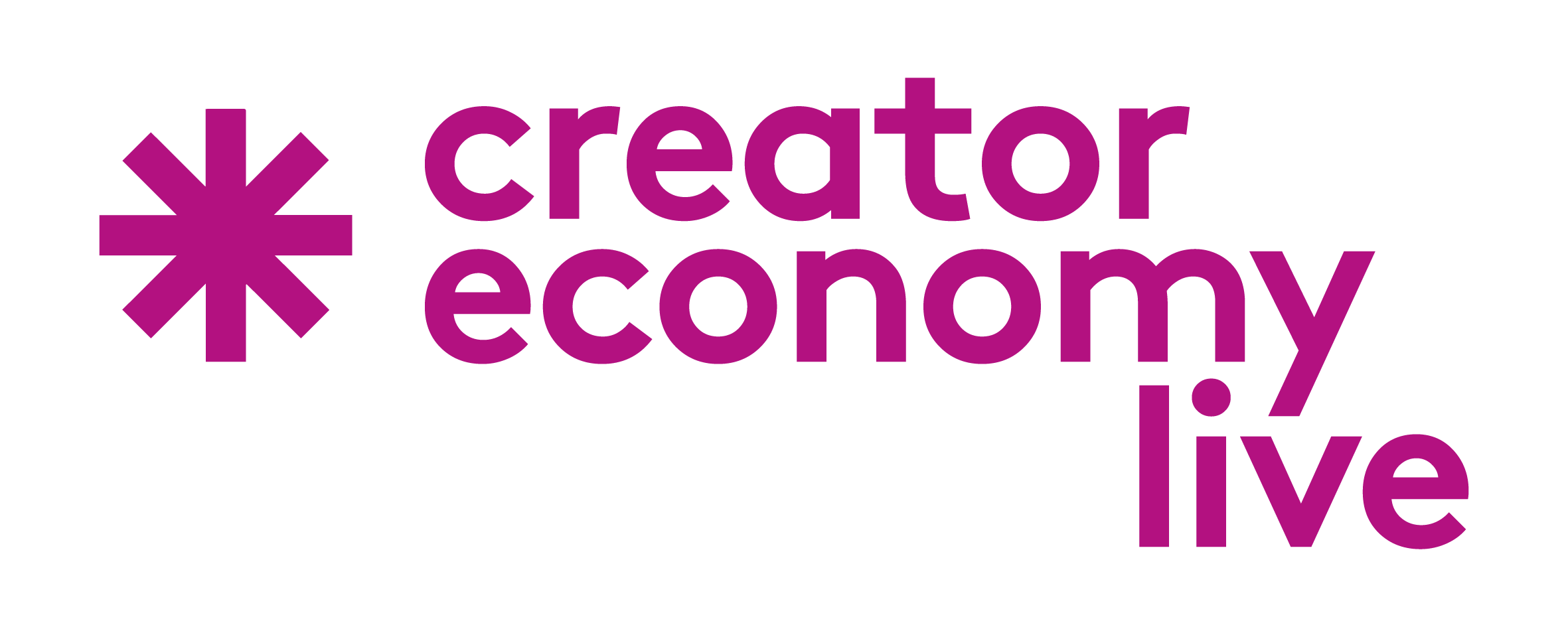The Power of Influencer Marketing: Maximizing Customer Lifetime Value (CLV)
)
Why CLV Matters in Influencer Marketing
Traditional influencer campaigns often focus on broad reach. But here’s the issue: more reach doesn’t always mean more results. Without personalization, trust, and measurable impact, brands risk falling into the trap of creating content that doesn’t resonate.
Taylor highlighted three key challenges brands face:
-
Broad Reach, Little Personalization: Casting a wide net can feel impersonal and lead to disengagement.
-
Limited Trust: Audiences are increasingly sceptical of influencer content that feels inauthentic.
-
Difficulty Measuring Impact: It’s hard to tie influencer campaigns to long-term success without precise metrics.
-
The solution? A strategic shift to CLV-focused influencer marketing that builds stronger relationships, drives loyalty, and delivers measurable results.
What Makes a CLV Strategy Different?
CLV marketing isn’t just about short-term sales or follower growth. It’s about creating authentic, long-term connections that deepen customer loyalty. Taylor broke it down into three core benefits:
-
Personalized Connections: Long-term partnerships with influencers who align with your audience create trust and authenticity.
-
Higher Conversion Rates: Influencers who deliver relatable, tailored content drive better results.
-
Improved Customer Loyalty: Consistent, meaningful interactions foster lasting relationships with your audience.
The difference is clear: CLV campaigns prioritize quality over quantity, focusing on the audience that matters most—your high-value customers.
4 Pillars of a Winning CLV Campaign with Taylor Darnell-Sibel
Taylor introduced a powerful framework for building a multi-dimensional influencer marketing strategy. Here’s how it works:
1. Influencer Selection: Choose influencers who reflect your high-value customers. These lookalike influencers share similar demographics, interests, and behaviors, ensuring their content resonates on a deeper level.
2. Educational + Entertaining Content: Strike a balance between informing your audience and keeping them engaged. Educational content drives action, while entertaining content builds connection. For example, influencers can create tutorials, shopping tips, or relatable lifestyle content that aligns with your brand goals.
3. First-Party Audience Targeting: Use your customer data (preferences, purchase history, behaviors) to create hyper-targeted influencer campaigns. This ensures your content speaks directly to the needs of your most loyal customers.
4. KPIs That Matter:
-
Measure success with key performance indicators tailored to CLV strategies, such as:
-
Conversion Rate: Tracks how many audience members take meaningful actions (e.g., purchases).
-
Engagement Rate: Gauges how well your content resonates with your audience.
-
CLV Growth: Measures the total long-term value of your customers.
-
ROAS (Return on Ad Spend): Indicates how cost-effective your campaigns are.
Pro Tips for Success
Here are some of Taylor’s top recommendations:
-
Start Small with Micros: Micro-influencers often deliver the best ROI. They’re cost-effective, authentic, and deeply connected to their audiences.
-
Diversify Your Roster: Don’t rely solely on one influencer tier. Test a mix of nano, micro, and macro influencers to see what works best for your brand.
-
Leverage Long-Term Partnerships: Consistency builds trust. Partner with influencers over time to reinforce your brand’s message and foster loyalty.
-
Focus on Education: Influencers should create content that informs and empowers your audience, driving them to take action.
-
Track Everything: Whether you’re using advanced tools like Tableau or a simple Excel sheet, keep a close eye on key metrics to optimize your strategy.
A Real-World CLV Campaign in Action
Taylor shared an example from a recent Albertsons’ influencer campaign:
-
Identify High-Value Customers: Frequent shoppers with a preference for personalized offers.
-
Set Goals: Maximize CLV by building trust and driving consistent engagement.
-
Choose the Right Influencer: Partner with relatable creators like Sarah, a food blogger who aligns with Albertsons' health-conscious audience.
-
Create Relevant Content: Sarah shares recipe tutorials, app tips, and seasonal shopping hacks tailored to the audience’s needs.
-
Target Strategically: Use customer data to deliver Sarah’s content to the right audience segments.
-
Track and Optimize: Monitor KPIs like engagement and conversion rates to refine the campaign over time.
The result? A dynamic, multi-dimensional campaign that drives loyalty, trust, and long-term growth.
Key Takeaways
-
CLV influencer marketing is a game-changer for brands looking to build deeper, more meaningful connections with their customers. Here’s your roadmap to getting started:
-
Address common challenges like lack of personalization and trust.
-
Focus on high-value customers and influencers who mirror their preferences.
-
Create a balance of educational and entertaining content.
-
Track KPIs to measure and optimize success.
Remember, influencer marketing isn’t just about the here and now—it’s about building a foundation for long-term growth.
Want to Learn More?
Missed the webinar? You’re in luck – Taylor will be speaking LIVE a Creator Economy Live, February 5 2025 talk on ‘Stop One-Size-Fits-All KPIs: Harnessing Influencers to Drive Customer Lifetime Value’. Grab your ticket TODAY!
